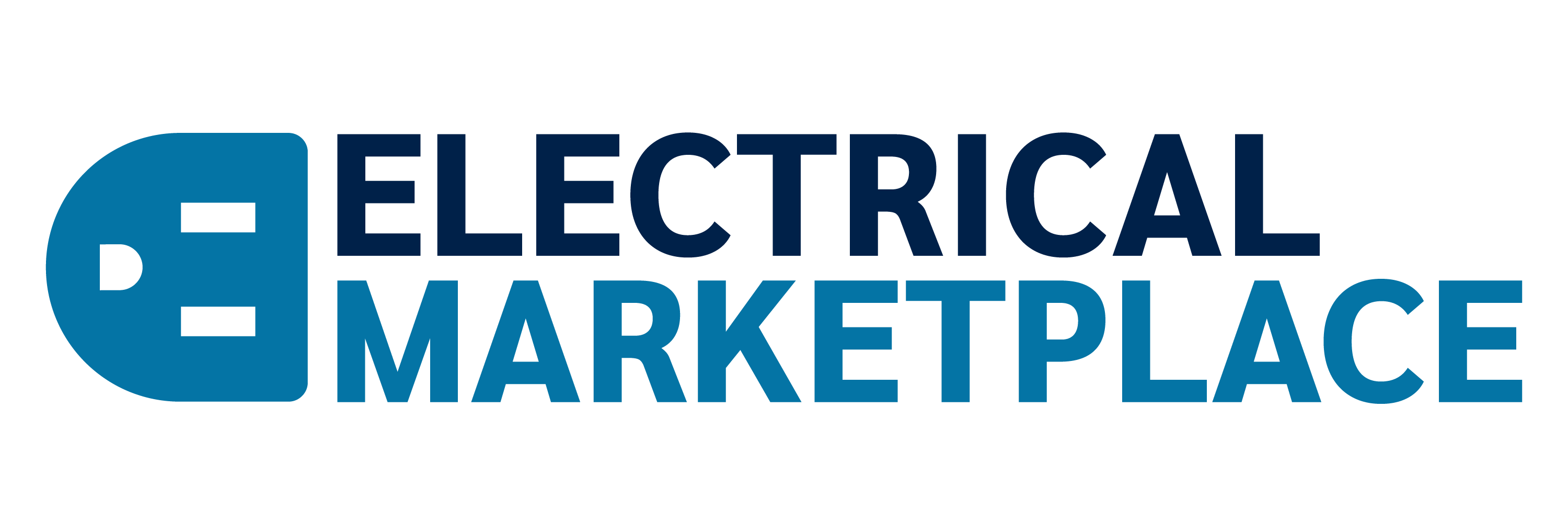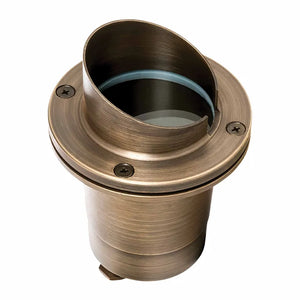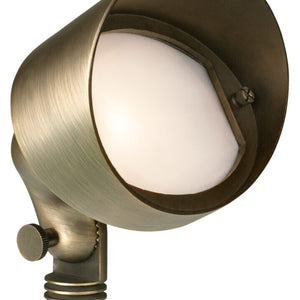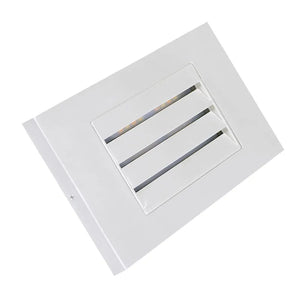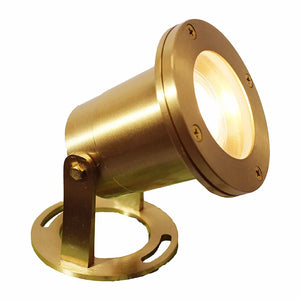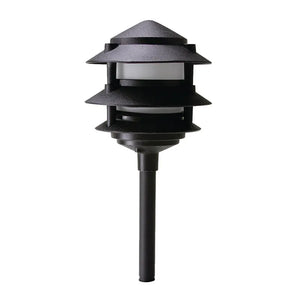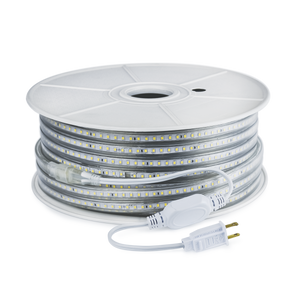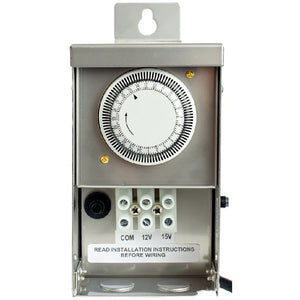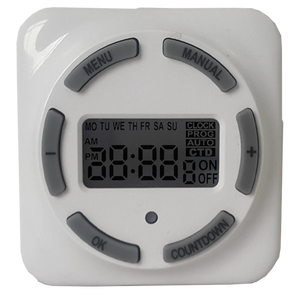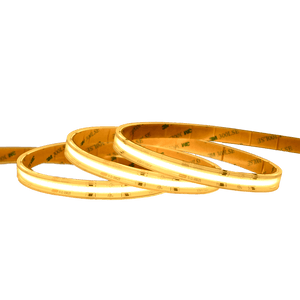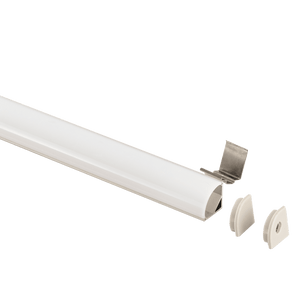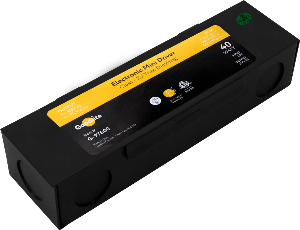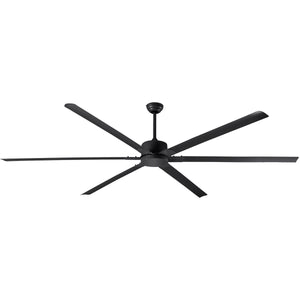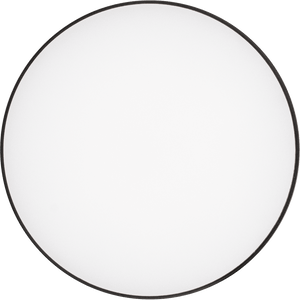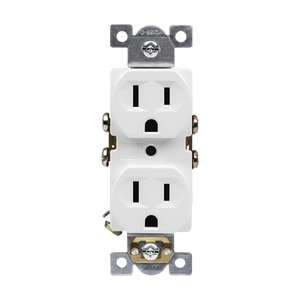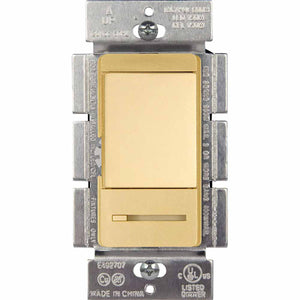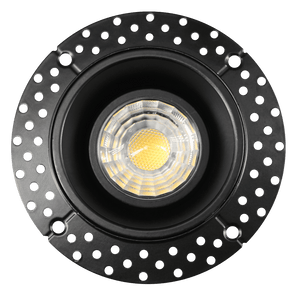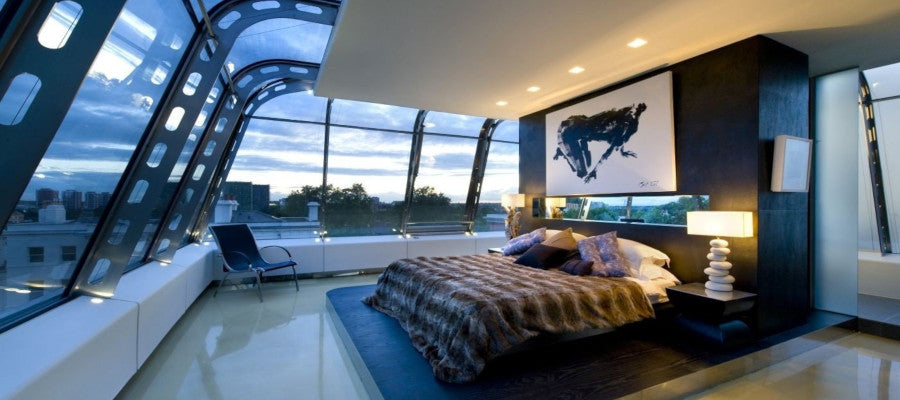
When it comes to powering our homes, lighting up our spaces, and heating our water, some options are better for the environment than others. The biggest advantage to choosing the environmentally-friendly options is that they also save us the most money, despite the more daunting price tag. If you’re looking to conserve energy in your home in order to save money and reduce your negative impact on the earth and its resources, there are a number of great products you can choose. Changing out the lighting in your house for more efficient bulbs can save you $75 dollars per year. Check out these tips on selecting the best bulbs for your needs, and then head over to Modernize for more advice on updating your home’s look and efficiency.
Your Energy Efficient Options
Energy efficient bulbs save you money by lasting longer and using fewer watts of electricity than traditional incandescent bulbs. Certain types allow you to retain the same quantity and type of light that you’re accustomed to, while others can shake up your home’s ambiance if that’s your goal.
The two main energy efficient options are LEDs and CFLs. Depending on your needs, one may work better than the other, or a combination of both in your home may be optimal.
Light emitting diodes (LEDs) use only 25 to 30 percent of the energy that incandescent bulbs use. They are compatible with your current lighting fixtures with no adapter and are and available in soft white in order to better match your home’s current lighting. However, due to the fact that LEDs give off directional rather than diffused lighting, they are best for lamps, under-cabinet lighting, and basically anything that complements your general overhead lighting. If you choose to use LEDs as the main lighting in your house, you may be disappointed by how little they resemble the incandescent bulbs you’re used to. But you won’t be disappointed by how durable they are and how much money they save you over the course of a few years.
Compact fluorescent lights (CFLs) look nothing like what their name would imply. They’re different from the blinding fluorescent lights you’re used to seeing in schools or grocery stores and are similar to what you’re used to seeing in your home. However, they use only one fourth the amount of energy that your current bulbs use. CFLs aren’t as expensive as LED lights, but they do come with their own disadvantages. They contain mercury, which means breaking one could result in a mess that needs to be handled carefully. Make sure to recycle your CFL bulbs when they burn out.
Compare and Buy
There are more options now when it comes to efficient lighting than there ever have been. Both CFLs and LEDs come in a range of colors, warm and cool, that will work in your existing lighting fixtures. The type that you buy depends on what lights you’re looking to replace and how much you’re willing to spend.
If you’re looking for a dimmable light, you’re going to need an LED bulbs, as CFLs are not commonly available in dimmable forms. Make sure to look for certifications, such as the Energy Star rating that you will see on products with proven energy efficiency. You can gauge the brightness of the bulb by looking at the lumens, or the measure of perceived brightness; the higher the lumen count, the brighter the bulb will be. If you’re looking to replace your bulbs without changing the ambiance, research the bulbs shapes, brightnesses, and colors that will most closely match your current lighting.

